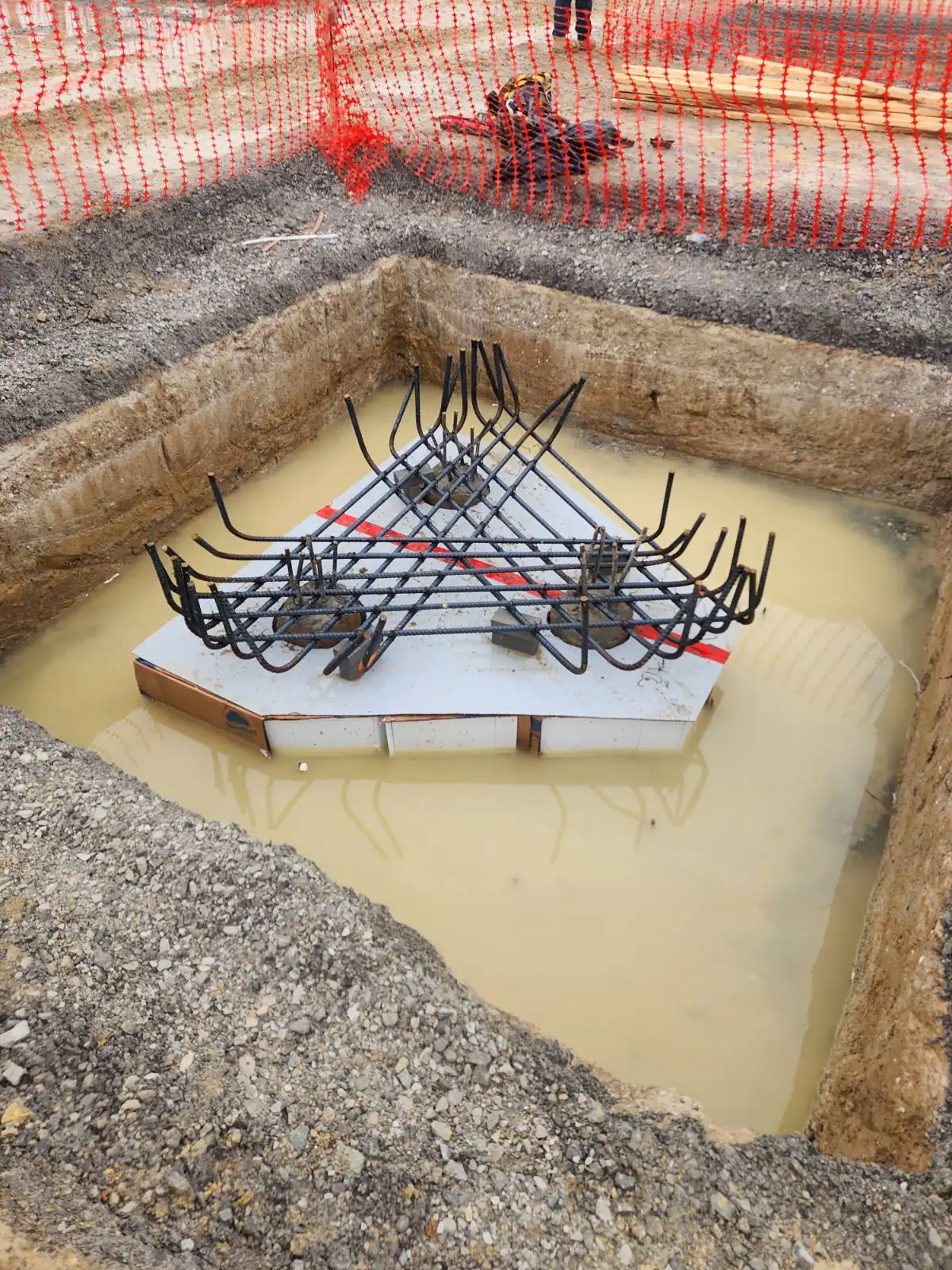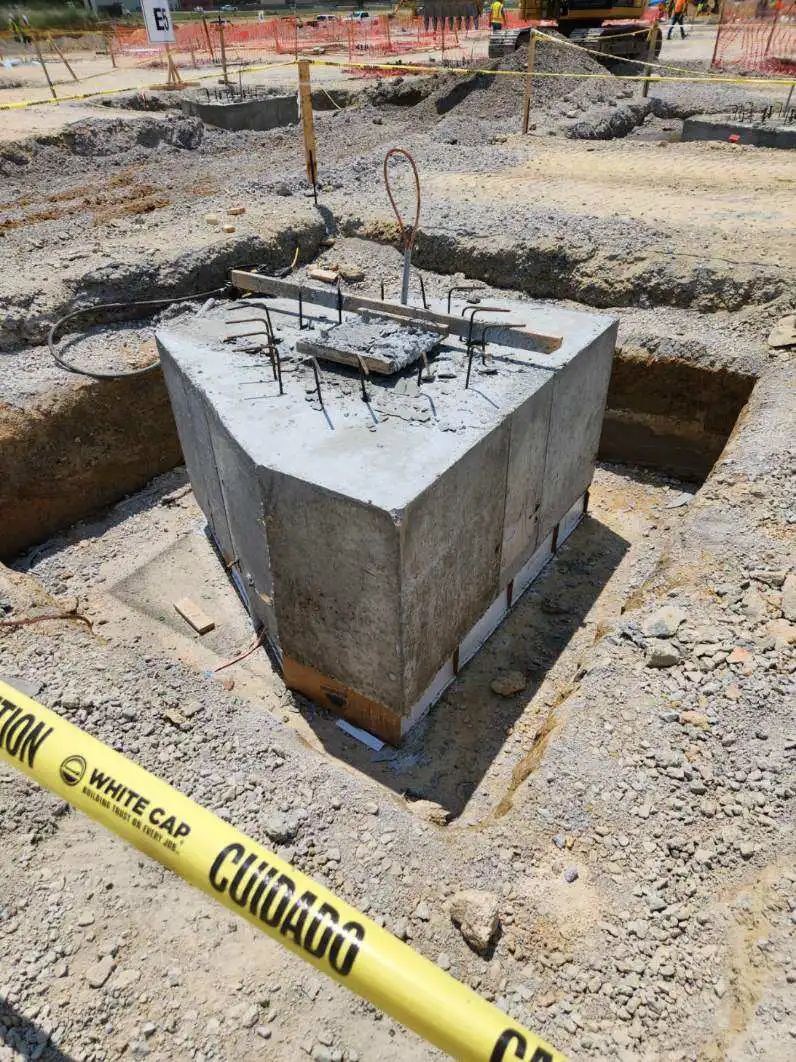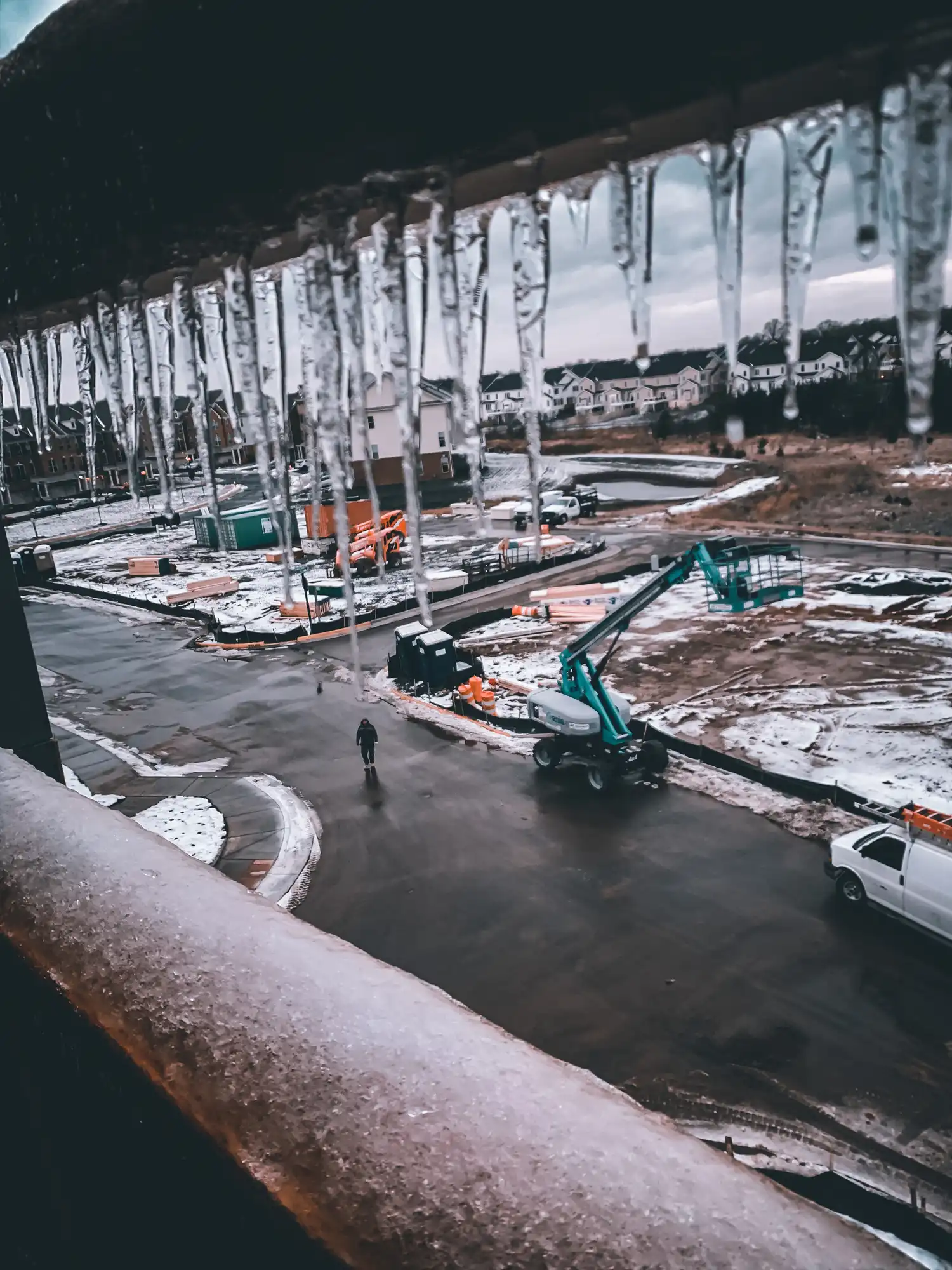The United States has experienced, on average, more than one disaster that has caused over a billion dollars in damages each month.
As climate change drives more frequent and severe weather events, the construction industry is feeling the impact. From hurricanes to unexpected storms, inclement weather can cause construction delays, damage materials, and inflate costs.
These unpredictable disruptions don’t just affect project timelines—they also result in significant financial consequences for contractors. Here is a look at the real impact weather has on construction and how smart, weather-proof product specifications can mitigate these risks.
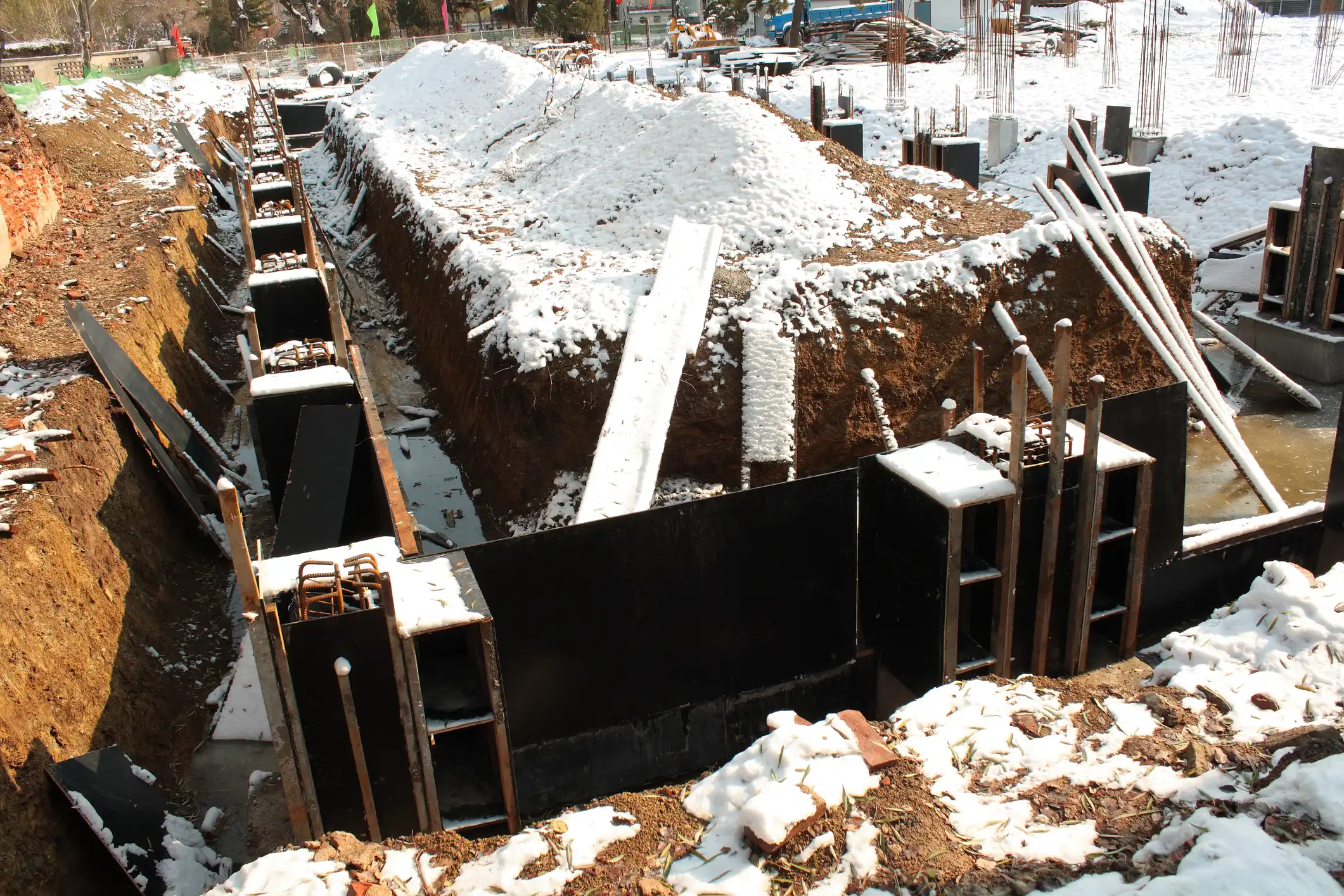

The Increasing Impact of Weather-Related Damage Across the US
In 2022, a White House release painted a stark picture of the true impact of weather-related damage across the US. According to their calculations, “The United States has experienced, on average, more than one disaster that has caused over a billion dollars in damages each month. To put this in perspective, until this past decade, the country rarely experienced a year with more than a handful of billion-dollar weather and climate disasters.”
Data from the National Oceanic and Atmospheric Administration (NOAA) counted six hurricanes causing a billion dollars of damage each (Matthew, Harvey, Irma, Maria, Florence, and Michael) between 2016 and 2018. In 2021 alone there were 20 extreme weather events that hit over a billion dollars, with the total annual cost adding up to a total of $145 billion in damages (a substantial portion of that in the wake of Hurricane Ida).
While these billion-dollar evaluations encompass more than just what’s directly related to construction sites, they indicate how a changing climate is becoming increasingly costly across the entire economy.
How Does Extreme Weather Affect Construction?
Outside of the human and larger economic impacts posed by hurricanes, tornados, and other severe weather events, inclement weather also has a crippling impact on construction. It’s an increasingly costly liability.
According to one of the most often-cited statistics, roughly 45 percent of construction projects are negatively impacted by weather-related events. Construction drives 12 percent of the world’s economy, and its contribution will grow by US$4.2 trillion in the 15 years from 2022 to 2037—this is no small impact.
…Natural catastrophes, including weather-related events like storms, floods, etc., will pose the second largest risk for construction companies behind fire and explosions.
Allianz Insurance predicts that in the coming years, natural catastrophes, including weather-related events like storms, floods, etc., will pose the second largest risk for construction companies behind fire and explosions. The 2021 systematic review “Weather-related Construction Delays in a Changing” cited three major weather-related sources of construction issues: extreme temperatures, precipitation, and high winds.
As Allianz has reported, natural catastrophes account for 18 percent of insurance claims, explaining that “[c]onstruction sites need to give more consideration to the impact of extreme events, such as wildfires, flash flooding, and landslides in their risk assessments,” reminding us that “[b]usiness continuity plans should be regularly updated and tested.”
The increasingly unpredictable, extreme, and out-of-season weather patterns are raising construction costs due to delays, clean-up, labor, and contingency planning.
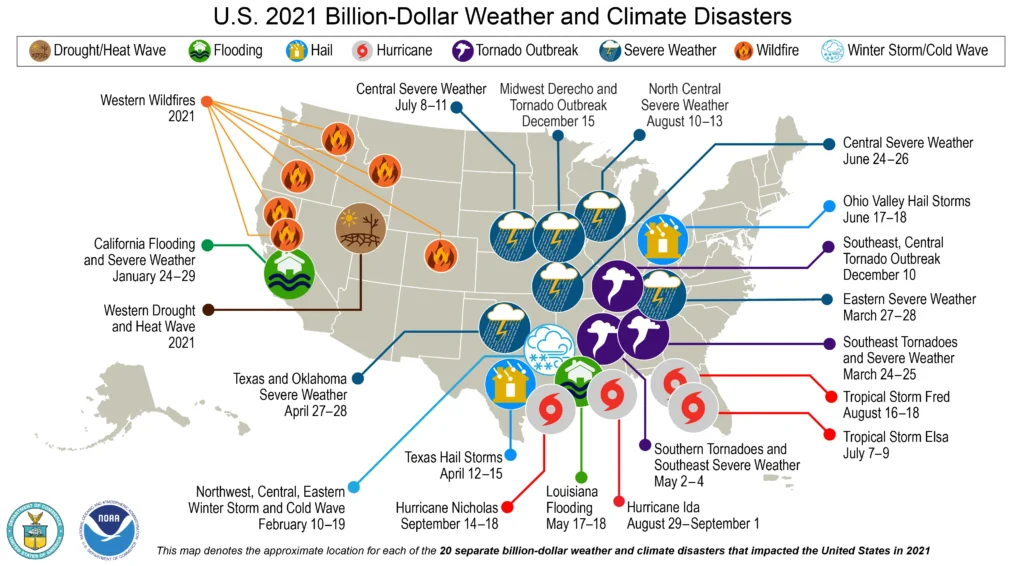
Beyond the Damage: Cost Considerations from Weather-Related Delays
When an unexpected storm rolls through, or a hurricane changes its trajectory, construction sites are left bogged down in mud, with supplies strewn about, previous work in shatters, and schedules completely thrown off. Yet, structure damage and site clean-up are just the most apparent costs associated with inclement weather.
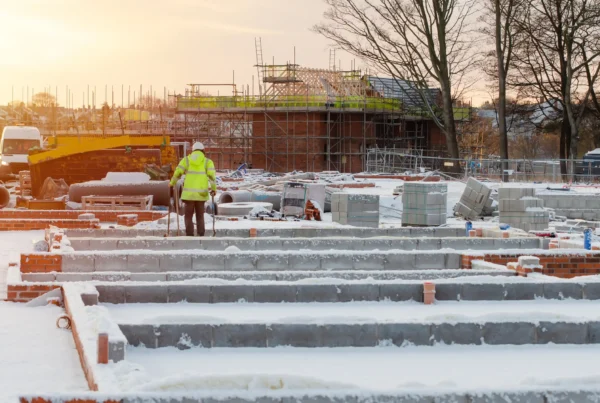
Site Demobilization
Incoming major weather events such as hurricanes, floods, and extreme storms require site demobilization due to the safety risks posed to people, structures, and equipment. Depending on the stage of the project, this will first impact the schedule as time will be diverted toward demobilization efforts to prevent material loss or safety-related issues.
It also, of course, requires the equivalent considerations for remobilization once the weather event has passed. This could impact labor, supply chains, and contractual timelines, notwithstanding any insurance implications.
Material Storage
When weather necessitates demobilization, considerations must be made for any installed, delivered, or scheduled on-site materials. In many cases, materials have to be shielded from exposure to the elements to prevent water damage or havoc from gale-force winds.
Depending on the type of material, the costs and logistics required to move and/or store can quickly escalate. Not to mention the challenges of inventory tracking for insurance and contract claims.
Let’s look at carton void forms as a specific example. Most paper-based void form products are highly susceptible to water-related damage before installation due to their degradable nature. If they have just been installed or delivered, awaiting installation, any rain will quickly destroy the form’s structural integrity, even if covered with tarps or plastic. The forms must be removed, reordered, and reinstalled prior to any concrete work, causing delays and extra costs for the project.
Cost Escalation
If a major weather event has affected a broader geographic area, this can translate into a surge in demand for both materials and labor. As sites begin to remobilize, all projects are suddenly vying for the same limited local inventory, especially the basics like lumber, steel, and concrete.
Furthermore, depending on the length of the shutdown and remobilization efforts, there will be increased costs associated with labor shortages. In an industry already struggling to fill skilled positions (Forbes reports that two-thirds of contractors find it difficult), a surge in demand can mean increased hiring and wage costs to beat out the competition.
How To Prevent Weather-Related Delays? Resilient Design
If anything is predictable these days, it’s the increasing unpredictability of Mother Nature. For the construction sector, inclement weather has rapidly shifted from an occasional annoyance to a substantial cost consideration affecting every project element, from the schedule to the materials to the labor.
Yet, this situation isn’t without solutions, especially when it comes to integrating smart design and weather-proofed product decisions.
StormVoid® is one such specific decision that can help mitigate weather-related issues. Like VoidForm’s degradable systems, StormVoid supports concrete placement on expansive soils but utilizes non-degradable waterproof interior components to work in wet conditions.
The system is strong enough to withstand steel and wet concrete placement but weak enough to collapse as the soil expands. It keeps the project on schedule even in wet, muddy site conditions and locks in structural longevity for slabs built on expansive soil.
Keep your next project on schedule, no matter the weather forecast. Specify StormVoid.
